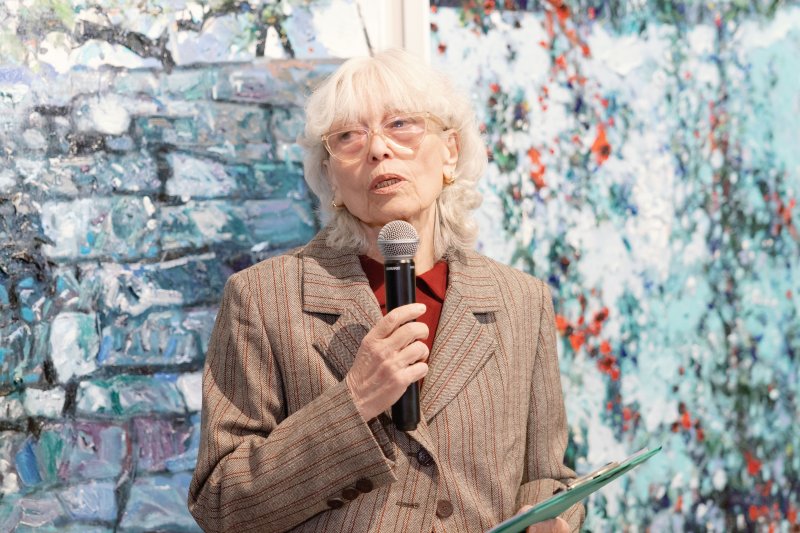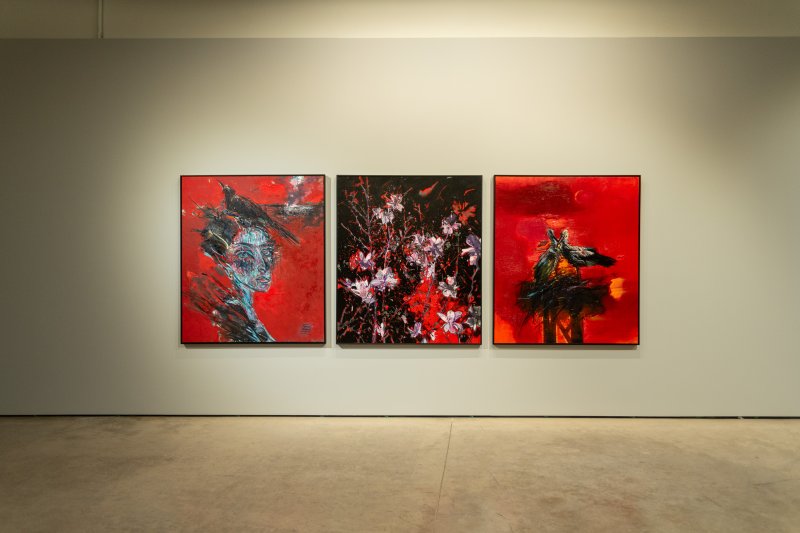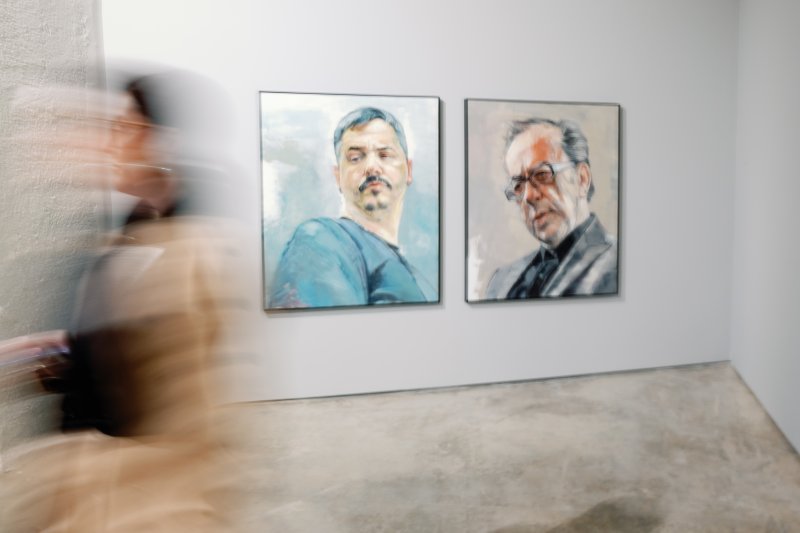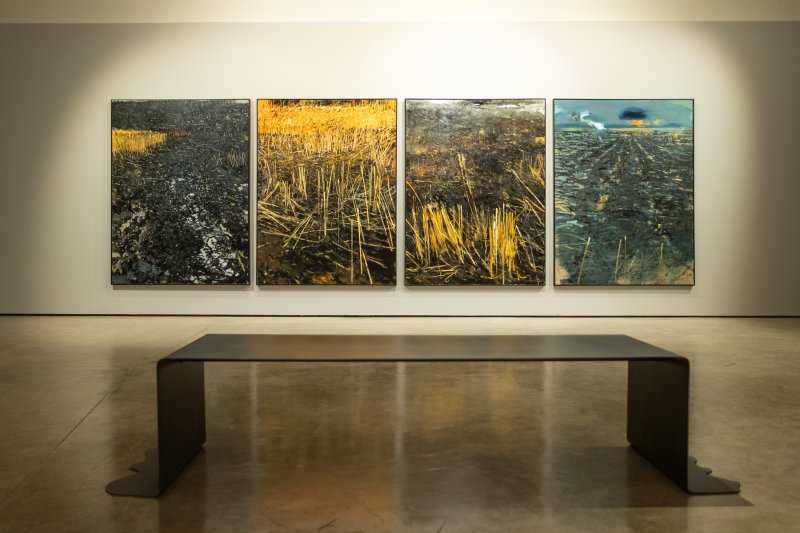'Life and Death' at 'GOCAT' Gallery, Curator Suzana Varvarica Explains What Makes Faton Kryeziu’s Work Special
Gallery of Contemporary Art Tirana (“GOCAT”) continues to host the exhibition “Life and Death” by Kosovar artist Faton Kryeziu. This gallery, a gift from Mane Foundation to the artistic community, presents 25 artworks that are in harmony with each other and with the space itself, thanks to the care and vision of curator and art researcher Suzana Varvarica.
Varvarica has known the painter for over 10 years and understands his full creative journey - what inspires him, what drives him, and what makes him a talented artist. For her, “Life & Death” exhibition shows both the symbolic world and the rational side of the artist. It reflects his emotions and thoughts from before, during, and after the war in Kosovo.
You’ve known Faton Kryeziu for over 10 years. In "Life & Death" exhibition, tension and emotion are feelings that accompany the viewer throughout the visit. Are these feelings that Faton brings only through this exhibition?
It’s true! I’ve known Faton for over a decade. At first, I was curious about how a young man chose to stick with painting when there were so many other forms of contemporary art. So, with curiosity and interest, I met him. I saw that Faton was a unique artist, different from what I was used to seeing in Albania.



We quickly developed a close connection through our shared passion for art. Soon after, Faton asked me to help with his book “Tension & Emotion”, which features around 150 of his works. I had to follow him in the studio, watch how he worked, and understand his thoughts during the process. After a while, the book came to life. I felt a strong emotion towards his work, which led me to title it “Tension & Emotion”.
If you follow Faton while he works in his studio, you’ll see that he is completely absorbed in his work. He is covered by emotions related to color, and is always in a state of tension, trying to make sure that the large canvases, like the ones here at “GOCAT” Gallery, are not just filled, but carry a powerful symbolism for the audience who chooses to view them.
How important are individuality and artistic personality in the success of an exhibition – in its acceptance by a wide audience and not just by art critics?
The painter doesn’t work just for critics or fellow artists, and does not compete with others, because competition is internal. The painter works to stand out as an individual and an artist. If he doesn’t separate himself individually as an artist, he will remain like many other artists who may have a common name but lack what is most unique about them. I believe Faton Kryeziu stands out by using symbolism in figurative art, creating a whole universe within the surface of his paintings. This is what makes Faton Kryeziu special – the symbol that comes from balancing emotions with ideas.
So, we don’t have emotions without ideas, or ideas without emotions. Even though many visual artists claim, "We are not driven by thoughts, only by emotions," this is not true! You can't do anything without having an idea in mind. What we can say is that for artists, emotions are much stronger than ideas, but that doesn’t mean ideas don't exist. The idea changes along the way while painting or creating artwork. The idea can change or even spark another idea.
For you, someone who has dedicated your life to art, Faton Kryeziu’s exhibition seems to have introduced you more closely to the space of “GOCAT” Gallery. How do you see this new space for contemporary art in Tirana for all the future exhibitions it will host?
This gallery is one of the most beautiful in Tirana, and I value it because it gives emotional sensations not only to the artist but also to the curator, not just to the critics but to the visitors as well. I say this with confidence, as I’ve seen quite a few galleries around the world. “GOCAT” operates with the standards of a private gallery in New York, and this makes me incredibly happy. I really hope this gallery becomes known to both young people in the art world and those who are not involved in art, whether they are future doctors or engineers, who see it as an opportunity to have a different perspective on life.













